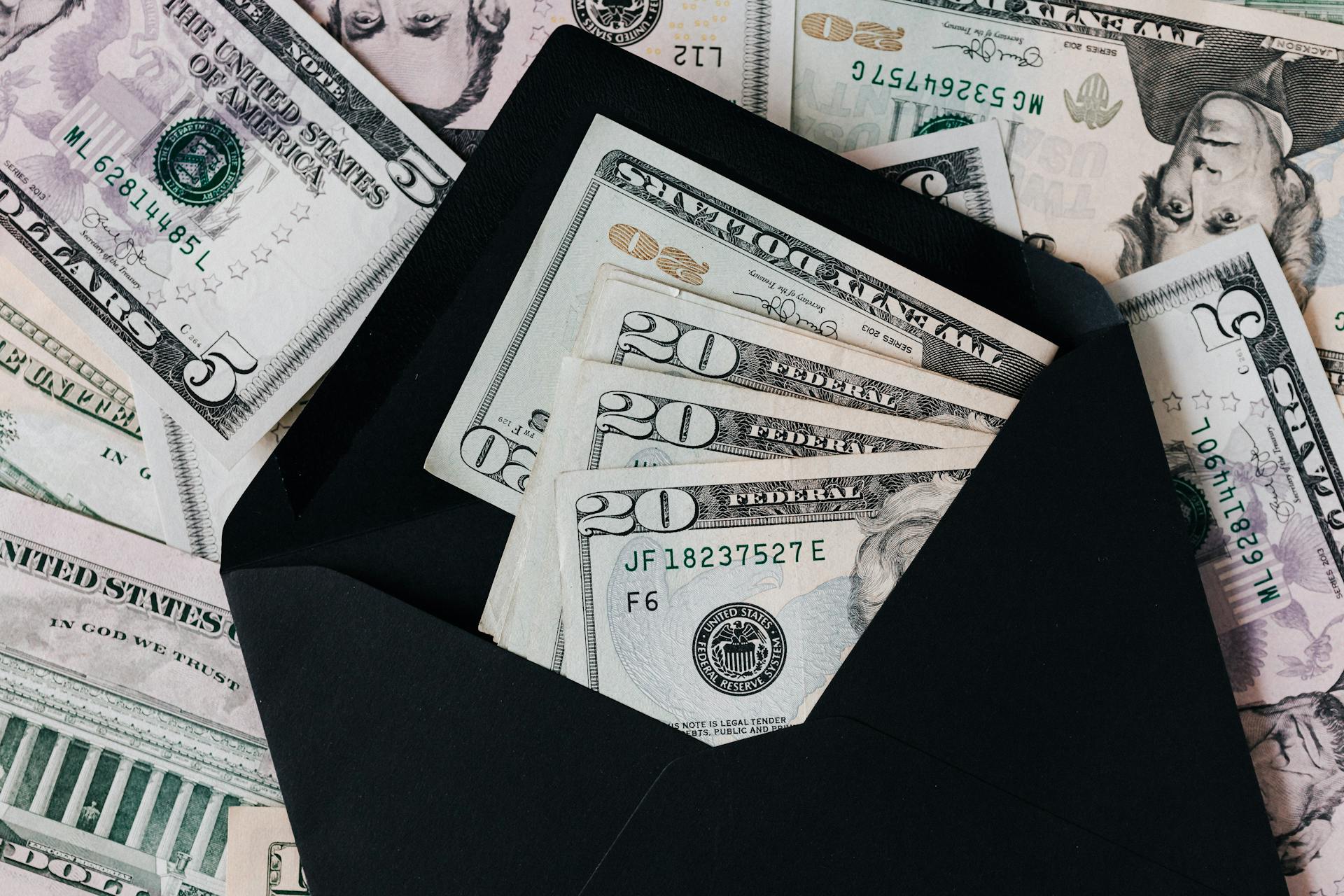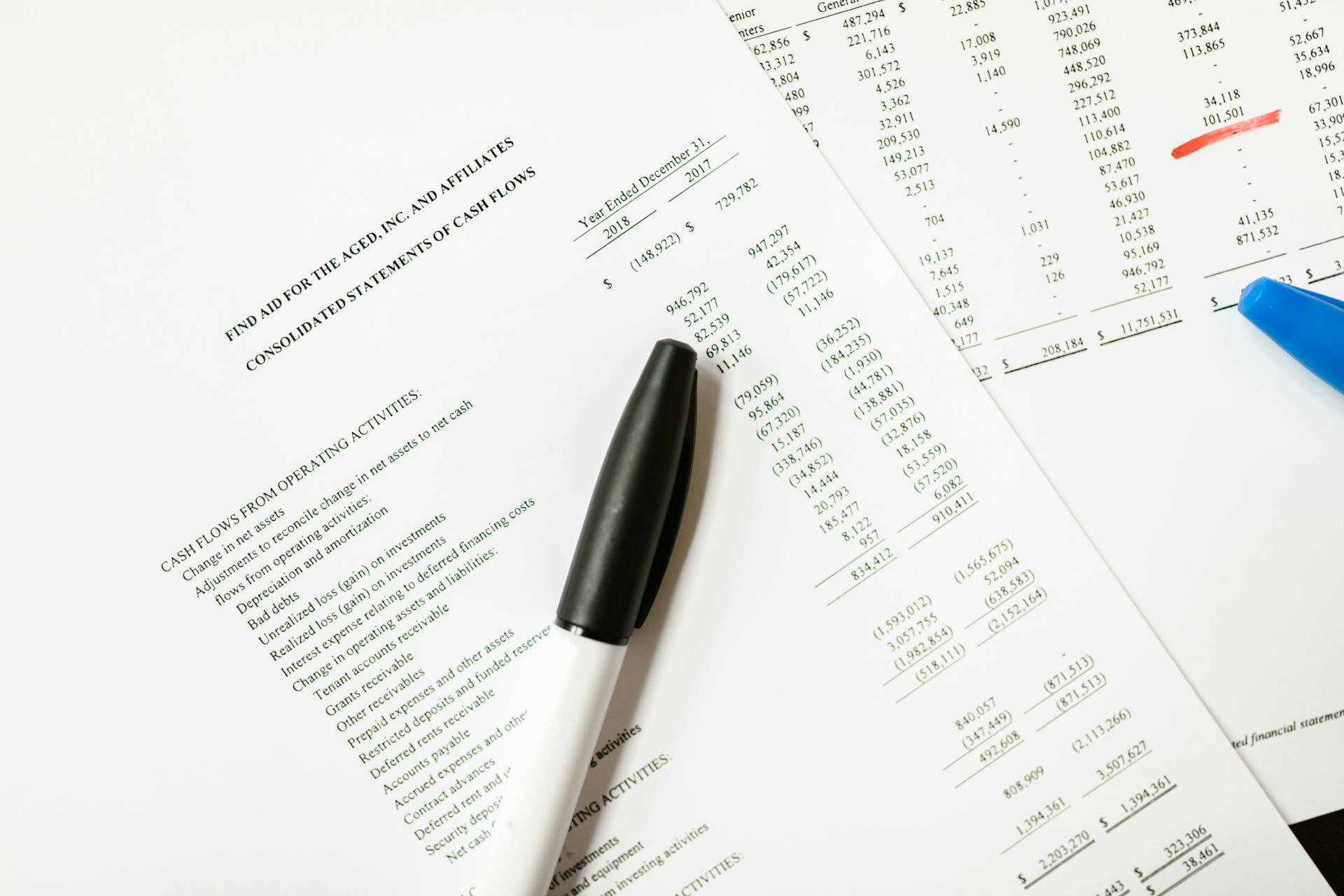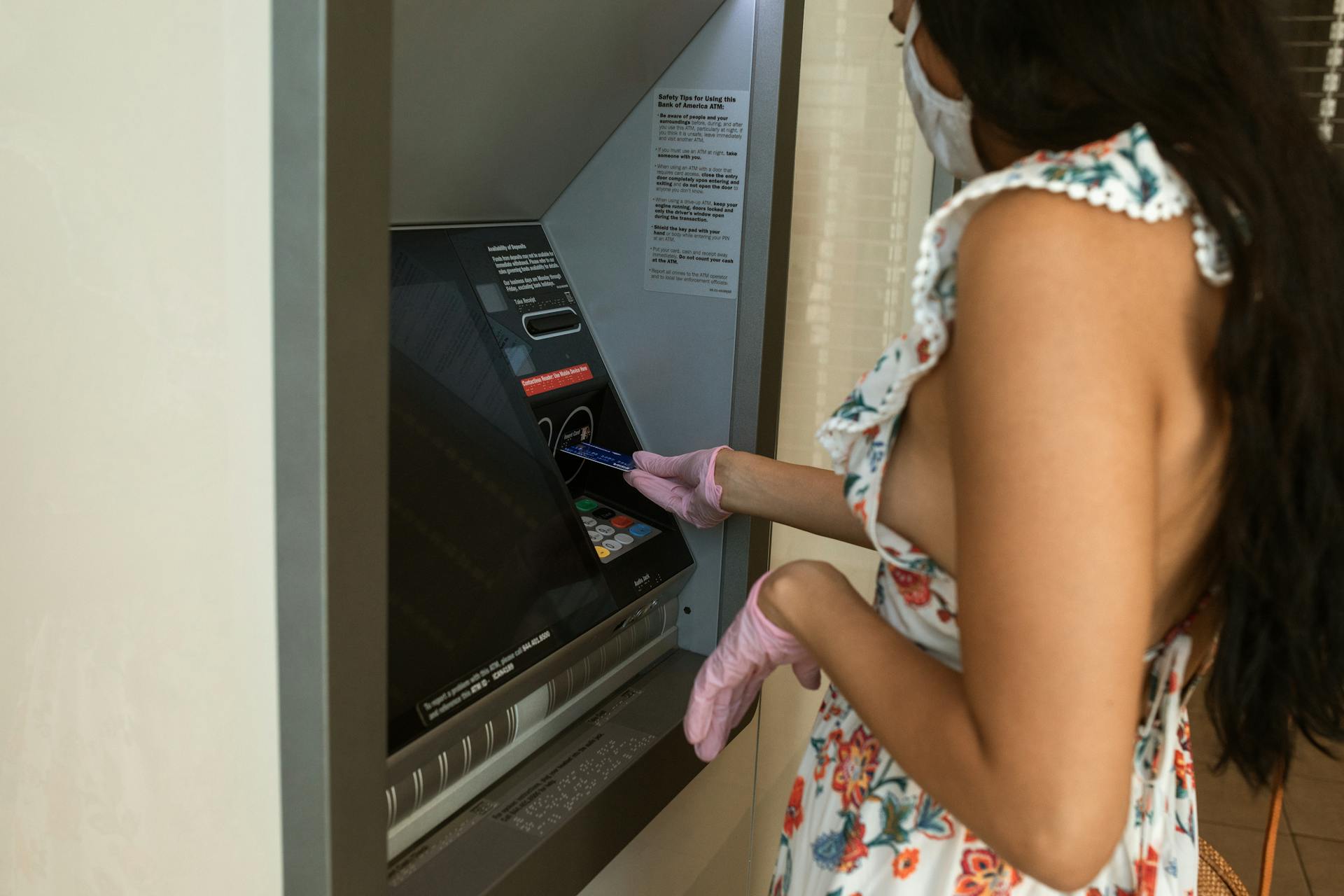
Square Cash Taxes Reporting and Filing can be a bit overwhelming, but don't worry, we've got you covered.
Square Cash is required to report and issue a Form 1099-K for transactions over $20,000 in gross payments and 200+ transactions. This threshold applies to both personal and business accounts.
You'll receive a Form 1099-K from Square Cash by January 31st of each year, detailing your transactions for the previous tax year. This is a crucial document for tax purposes, so make sure to keep it safe.
Square Cash will also provide you with a year-end summary of your transactions, which can be accessed through your online Square Cash account.
Understanding Square Cash Taxes
If you earn over $600 in a calendar year, Square will submit your 1099-K form directly to the IRS on your behalf. This can be a huge relief, especially if you're not familiar with tax filing.
To ensure you're prepared, make a list of all your eligible write-offs, which include Square fees and other common expenses such as the cost of your Square reader, business or legal fees, shipping costs, and office space rental.
Some other common write-offs to consider include business-related travel, business insurance, and professional training opportunities.
You'll also need to determine your total income and the number of transactions you had, which will help you calculate your taxable income.
Here's a list of common write-offs you may be eligible for:
- The cost of your Square reader
- Any relevant business or legal fees
- Shipping you pay to send the items to your customers
- The cost of renting an office space
- A portion of both your phone bill and internet bill
- Laptop, computer, and other types of work equipment
- Business-related travel
- Business insurance
- Some types of business loan interest
- Professional training opportunities
- Some business meals
To calculate your taxable income, you'll need to fill out Schedule C, which helps determine what contributes to your taxable income. This involves subtracting your write-offs from your total income.
Calculating and Reporting Taxes
Calculating and reporting taxes with Square can be a straightforward process. The IRS requires Square to report transactions over $600 on a Form 1099-K.
Gross sales on Form 1099-K include revenue from card payments, taxes, and tips collected on a sale, but cash sales are not included. This means the amount shown on the form may differ from the amount settled in your bank account.
To file your Square 1099-K form, you'll need to determine your total income and eligible write-offs, such as Square fees, the cost of your Square reader, and business or legal fees. You can make a list of these write-offs to help with the filing process.
Here's a list of common write-offs to consider:
- The cost of your Square reader
- Any relevant business or legal fees
- Shipping you pay to send items to your customers
- The cost of renting an office space
- A portion of both your phone bill and internet bill
- Laptop, computer, and other types of work equipment
- Business-related travel
- Business insurance
- Some types of business loan interest
- Professional training opportunities
- Some business meals
Square will submit the form directly to the IRS on your behalf if you earn over $600 in a calendar year.
What Exactly Changed?
In 2021, Congress made a change to the IRS rules for business accounts through the American Rescue Plan Act. This change requires Cash App and other payment apps to report payments for goods and services on Form 1099-K.
The IRS initially set the reporting threshold for Form 1099-K to $600 for tax year 2024. However, they announced a delay on November 26, 2024, and set a new threshold of $5,000 for the same tax year.
For the 2024 tax year, Cash App will report transactions on Form 1099-K when the total business payments exceed $5,000 within the calendar year.
Transaction Reporting
Transaction Reporting is a crucial aspect of calculating and reporting taxes. The IRS requires payment apps like Square and Cash App to report transactions on Form 1099-K if you receive more than a certain amount in a year.
For Square, this threshold is $600, and for Cash App, it's $5,000 in 2024. These forms are typically submitted directly to the IRS on your behalf, but it's essential to review the information to ensure accuracy.
The amount and transaction count on Form 1099-K are calculated based on your gross sales for the transaction date(s) of those sales. This includes revenue from card payments that were refunded.
Cash sales, however, are not included in the total reported on the Form 1099-K. This means you may have had refunds, chargebacks, or holds, and your Square fees were deducted before funds were transferred to your bank.
To determine your total income, you'll need to review your Form 1099-K and add up the total amount reported. You'll also need to consider any write-offs, such as Square fees, business expenses, and other deductions.
Some common write-offs include:
- The cost of your Square reader
- Any relevant business or legal fees
- Shipping you pay to send items to your customers
- The cost of renting an office space
- A portion of both your phone bill and internet bill
- Laptop, computer, and other types of work equipment
- Business-related travel
- Business insurance
- Some types of business loan interest
- Professional training opportunities
- Some business meals
Keep in mind that not all payments reported on Form 1099-K are necessarily reportable income. For example, if you used your business account to receive both business and personal payments, those personal payments may not be reportable income.
Filing and Requirements
Filing your Square 1099-K form is a relatively easy process, especially if you earn over $600 in a calendar year, as Square will submit the form directly to the IRS on your behalf.
To file your taxes, start by determining your total income and the number of transactions you had, especially if you're late filing your tax return. Make a list of all your eligible write-offs, including Square fees and other business expenses such as the cost of your Square reader, business or legal fees, and shipping costs.
Some common write-offs to consider include business-related travel, business insurance, and professional training opportunities. You can also deduct a portion of your phone bill and internet bill, as well as laptop, computer, and other types of work equipment.
Here are some common write-offs to consider:
- The cost of your Square reader
- Any relevant business or legal fees
- Shipping you pay to send the items to your customers
- The cost of renting an office space
- A portion of both your phone bill and internet bill
- Laptop, computer, and other types of work equipment
- Business-related travel
- Business insurance
- Some types of business loan interest
- Professional training opportunities
- Some business meals
To ensure accurate tax reporting, update your Square account to correspond with IRS records by reviewing or updating your taxpayer identification information, business name, and business tax information on your online Square Dashboard.
How to File Square Taxes
Filing Square taxes is a relatively straightforward process, especially if you earn over $600 in a calendar year. Square will submit the 1099-K form directly to the IRS on your behalf.
You'll need to determine your total income and the number of transactions you had, especially if you're late filing your tax return. Make a list of all your eligible write-offs, which include Square fees and other common business expenses.
Some examples of eligible write-offs include the cost of your Square reader, business or legal fees, and shipping costs. You can also deduct a portion of your phone bill, internet bill, and laptop or computer costs.
To fill out Schedule C, you'll need to subtract your write-offs from your total income. This will give you your net income, which will also appear on tax form 1040.
Requirements
To ensure accurate tax reporting and avoid potential IRS withholding, you must update your Square account to match your IRS records. This is crucial for businesses and individuals using Square for transactions.
Your Square account should be updated with your legal business name and Employer Identification Number (EIN) if you file taxes using these. This will ensure accurate tax reporting and prevent delayed tax return processing.
If you need to submit a Form 1099-K correction, you'll need to provide a bank statement. This statement must clearly show the bank's logo, a full bank statement, and the bank account holder's name and address.
A bank statement for each correlating year is required if you're requesting to update multiple Form 1099-Ks. The statement must also show transfers from Square in the same year as your requested correction.
To submit a Form 1099-K correction, follow these steps:
- Sign in to your Square Dashboard and select Account & Settings > Business > Tax Forms.
- Select Request a Form 1099-K correction.
- Select the year, location, and reason for the correction request, then select Next Step.
- Update your tax information as needed, then select Next Step.
- Upload a copy of an official bank statement in PDF format by clicking + Upload document under the respective year, then select Submit Request to finish.
Business and Timing
Square Cash taxes are due on January 15th for businesses that use the Cash app to process payments. This deadline is the same as the IRS deadline for businesses that file Form 1099-K.
To avoid penalties, businesses should ensure they have accurate records of all transactions, including those processed through the Cash app. This includes tracking sales, refunds, and fees.
What's for Business Accounts?
If you have a business account with Cash App or other payment apps, you may need to report your transactions to the IRS. If you receive more than $5,000 in 2024, the IRS requires those transactions to be reported on a Form 1099-K. This form reports the gross amount of payment transactions from credit cards, payment apps, and other platforms that manage payments between two parties. The IRS requires this reporting to ensure businesses accurately report their income.
Delivery Timing
You'll receive a Form 1099-K by January 31, 2025, if you have a business account and receive more than $5,000 in 2024.
If you have a personal Cash App account, you won't get a Form 1099-K from us.
You'll be able to view and download your tax form and transaction summary in the app from the Documents section within Settings.
If your state has lower reporting requirements, Cash App may report amounts below the federal threshold to meet those requirements.
Frequently Asked Questions
What is the $600 tax rule on Cash App?
If you use Cash App to collect payments for your side gig or business, you must report payments of at least $600 to the IRS. This $600 threshold applies to all third-party payment platforms, including Cash App, PayPal, and Venmo.
Sources
Featured Images: pexels.com


